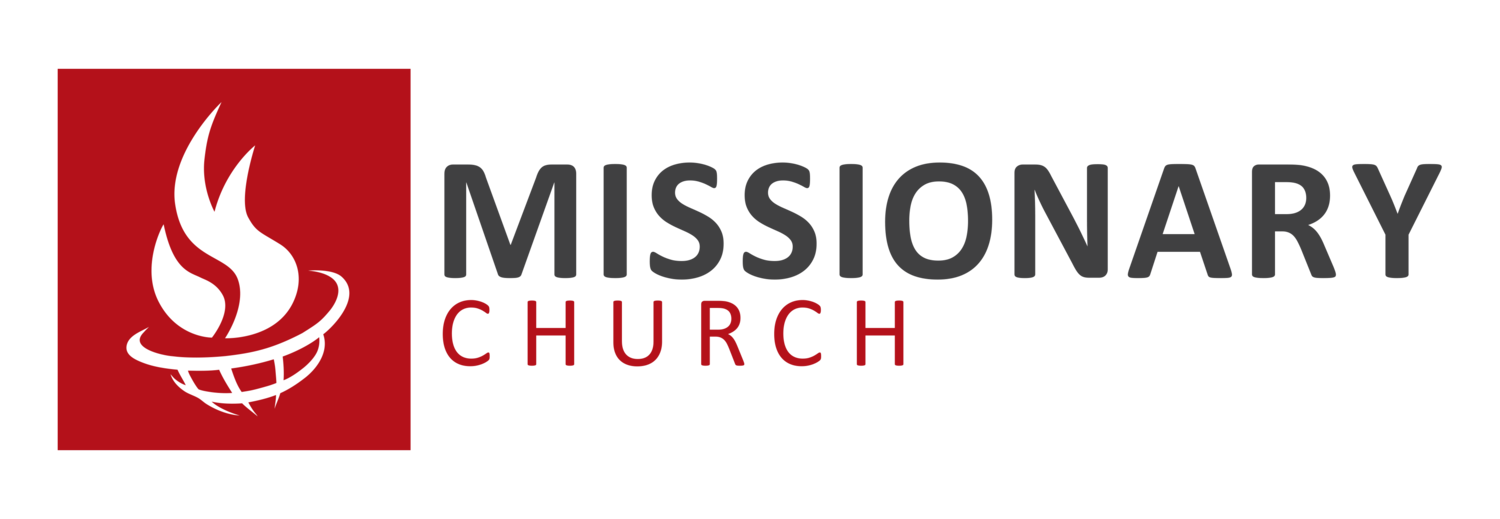Investment in Shared Ministries
Why is the Investment in Shared Ministries fund important?
The cost of being a denomination and of coordinating, organizing and motivating the effort of local churches in national outreach is funded through the this area of the budget.
In addition to administrative concerns of the Fort Wayne, Indiana office, funds in this account impact church planting, ethnic ministries, men’s and women’s programs, compassion and benevolent ministries, Bethel College, insurance and many other areas. Local church support materials, Growing a Healthy Church workshops, Missionary Church Today and Priority all depend on the Investment in Shared Ministries fund. In fact, excluding world missions, this account supports every aspect of denominational ministry and administration!
Why is a 2% investment necessary to fund this account?
When the Missionary Church, Inc. was formed in 1969, it had a unified budget that cared for the total denominational administrative and overseas costs. But when the missionary share support system was developed, funds generated through shares were designated only for overseas ministry. The budget was no longer unified. As more and more money was committed to “shares,” the Investment in Shared Ministries area of the budget received less and less.
In 1987, churches were encouraged to set aside 2% of their income to what had always been part of the unified budget. By 1991, only 13% of denominational churches were supporting the fund at this level and over 50% were not supporting it at all. To insure funding, it was necessary to adopt the 2% investment and participation has increased dramatically.
How is the 2% investment calculated?
The 2% is figured on total contribution income on the annual report form submitted to district and denominational offices. Each year the denominational office provides this calculation to assist each church in planning their following year’s budget.
What about inflated income?
When a church experiences inflated income due to a building program, bequests, etc. it can only utilize the 20% maximum increase (over the preceding year’s assessment) for three continuous calendar years. After the third year, the church must revert to the full 2% funding.
What if a church can’t give 2%?
Not only is the 2% giving an investment, it’s also a realistic goal for which churches should strive. Some give 2% while others are able to give as much as 10%. In isolated situations, a church may find it is impossible to invest the full 2%. If your church finds itself in this dilemma, please contact the denominational office to negotiate a lesser assessment goal.

